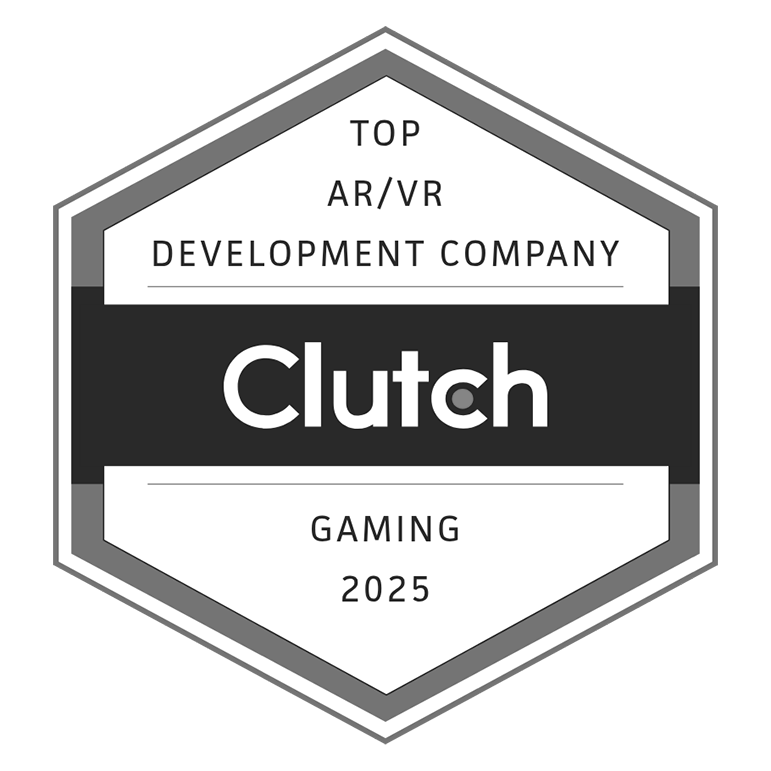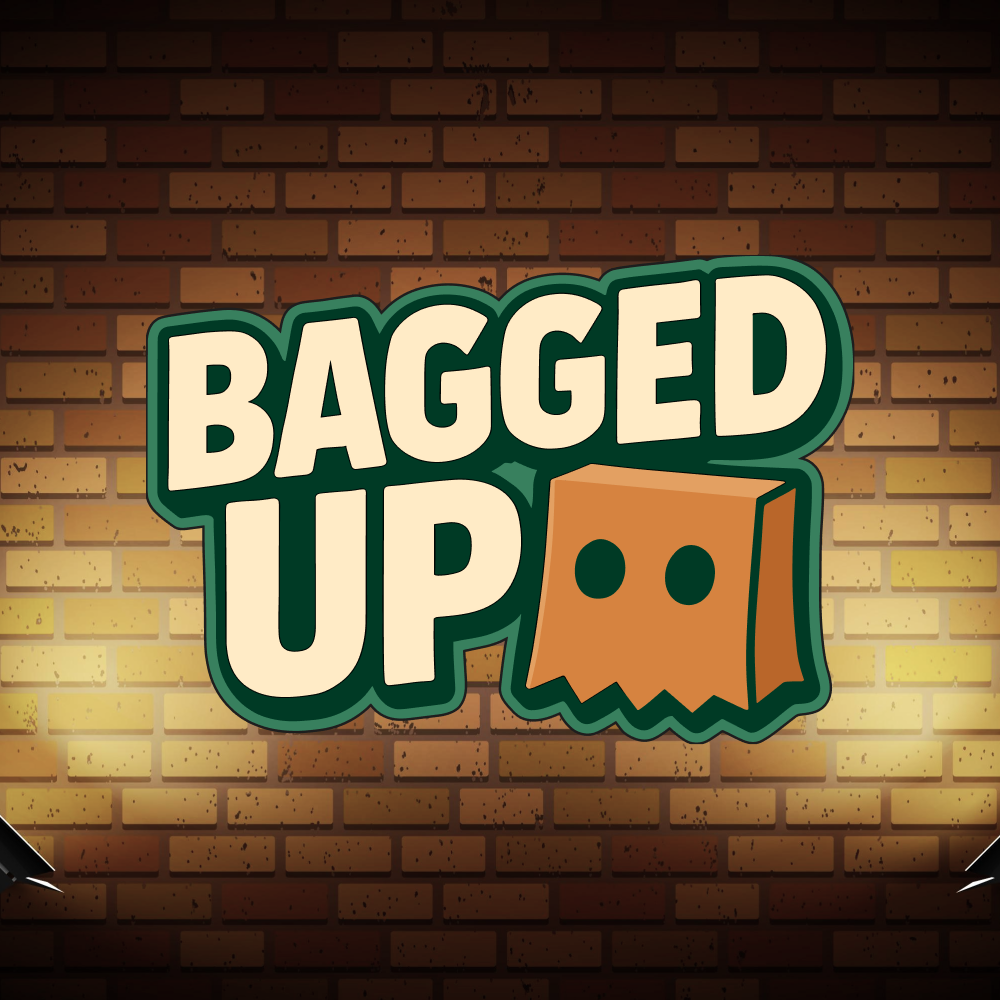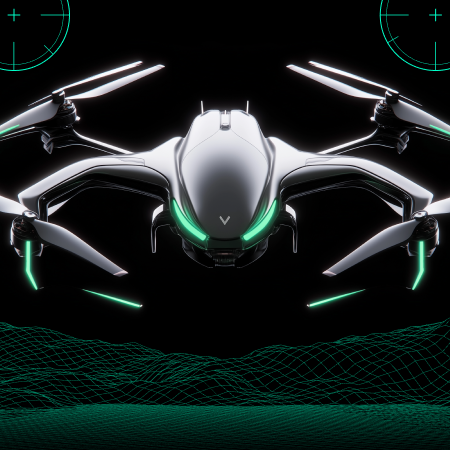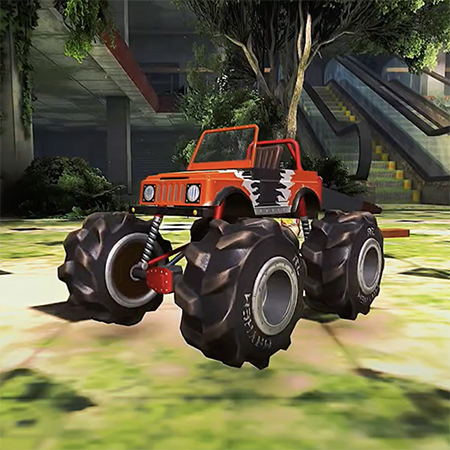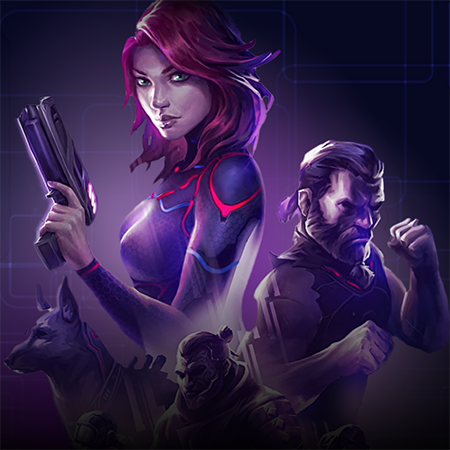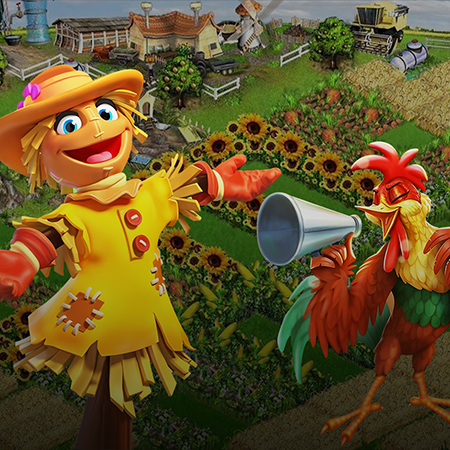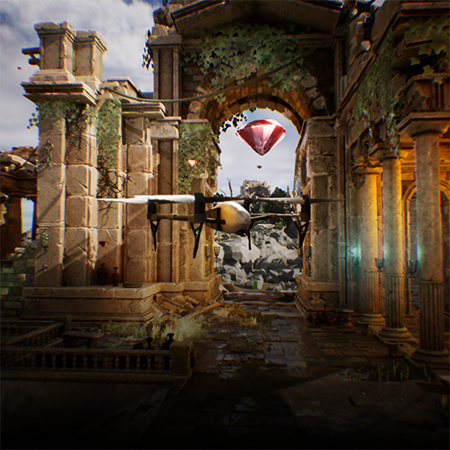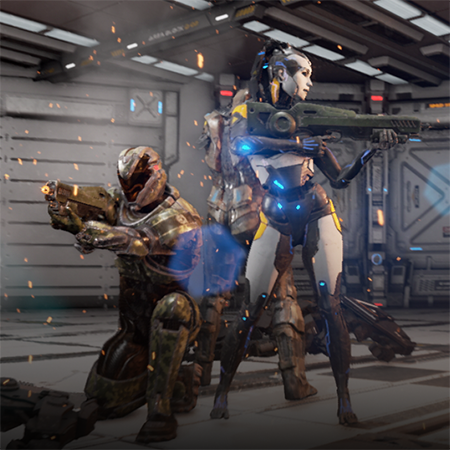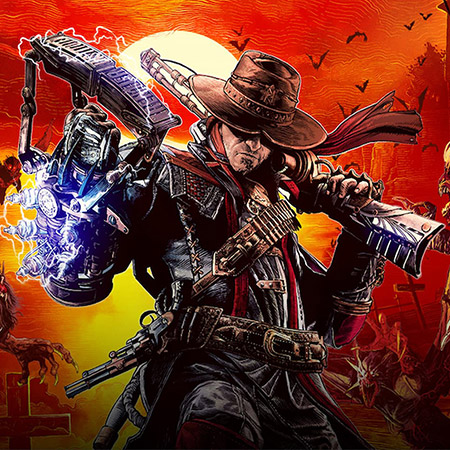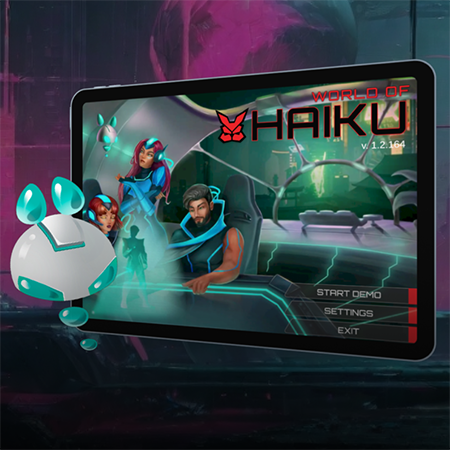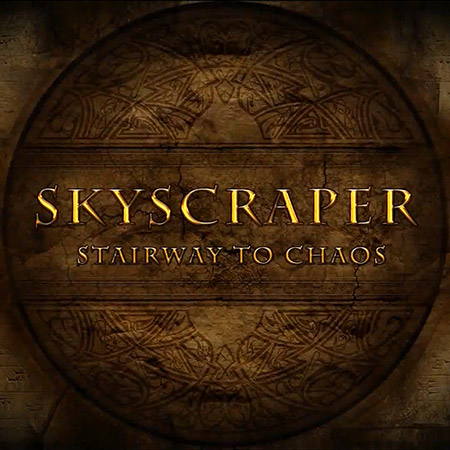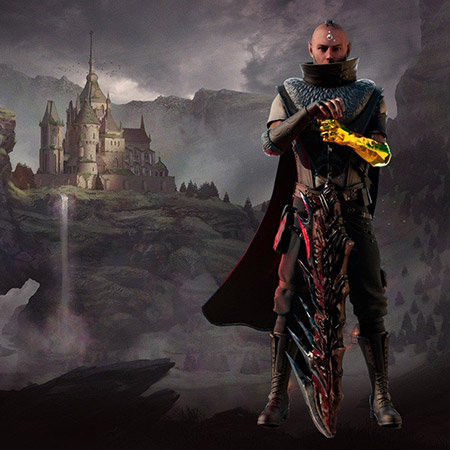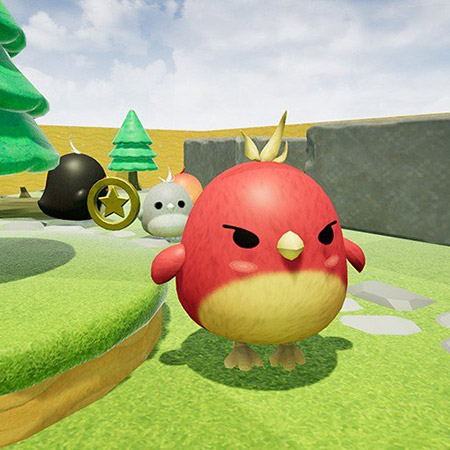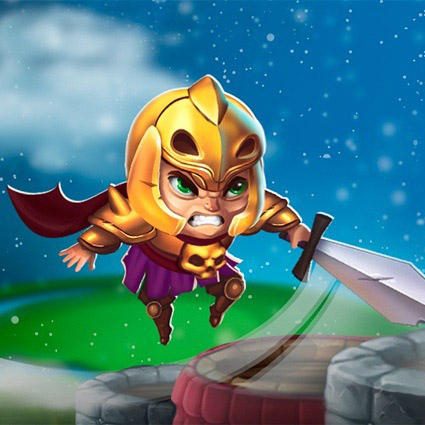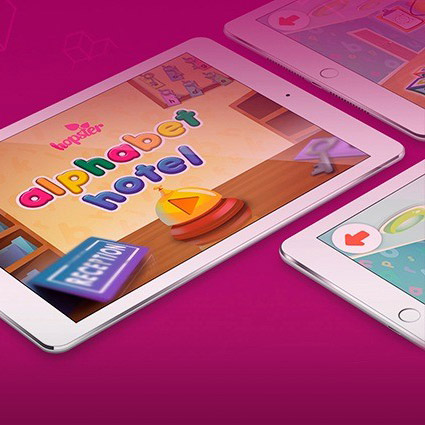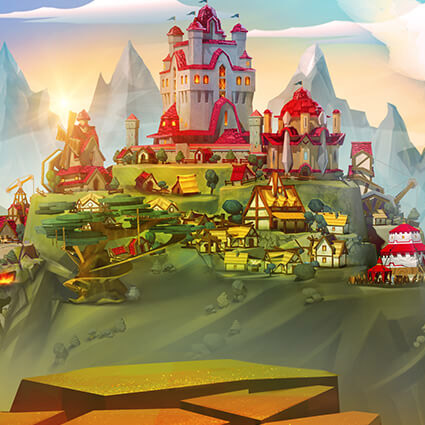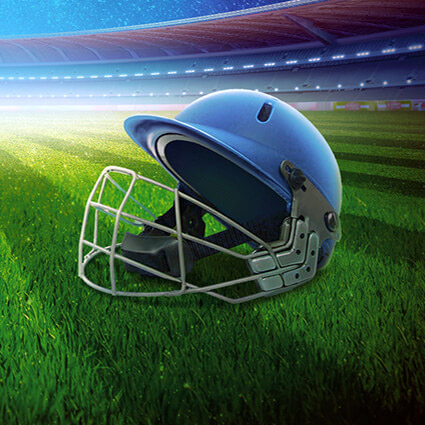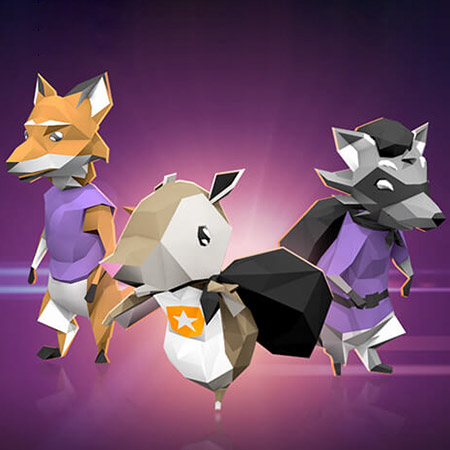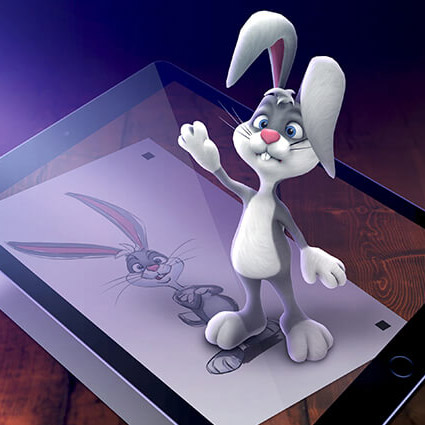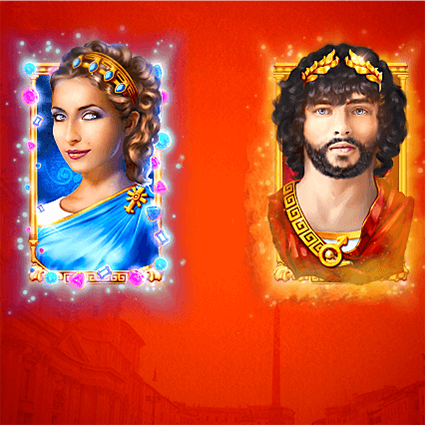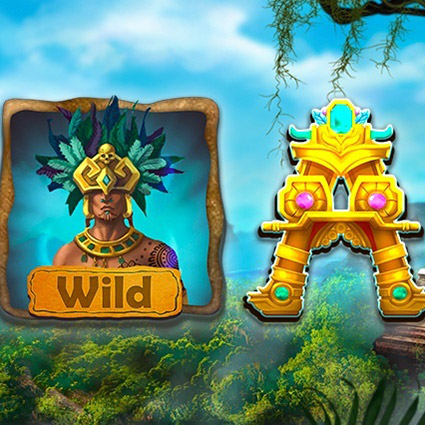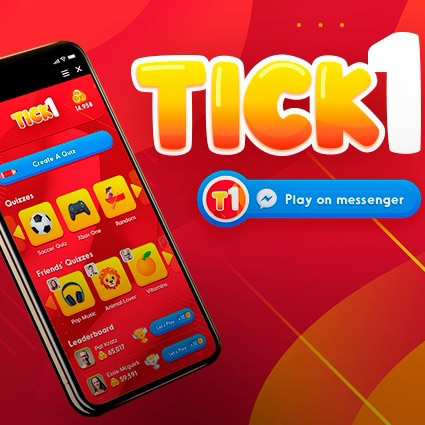The gaming industry has never been more competitive, and high-quality game art is crucial for standing out. Concept art, in particular, serves as the foundation for all other visual elements, shaping the direction and style of the game. Creating exceptional concept art requires more than just technical skill — it demands a creative vision that can elevate the gaming experience and help your project shine in a crowded market.
At our studio, we offer you the opportunity to hire 2D artists or a team of experienced concept artists to meet your development needs. Our team is composed of highly skilled professionals with a proven track record of crafting captivating game content, from concept art to 3D models and code. Whether your project needs a single artist or multiple, we can provide the right talent to help bring your vision to life.
About Our Concept Artists
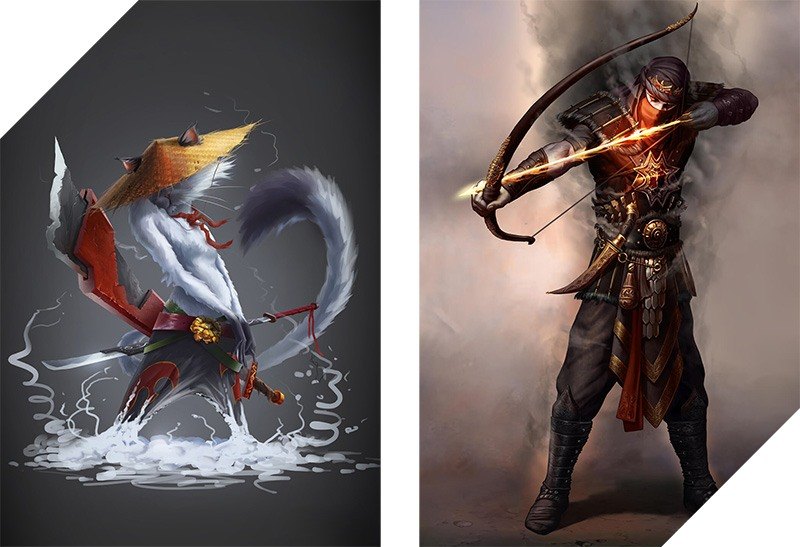
The success of our games and game-related projects can be largely attributed to the exceptional work of our team of artists. Over the years, they have created stunning concept art, each piece imbued with unique styles that set our projects apart from the competition. Every artist we offer for hire comes fully prepared to deliver the highest level of service, ensuring your business benefits from their creative expertise and dedication. If you are looking to elevate your game’s visuals with standout concept art, our talented team is ready to help you achieve that goal.
Concept artist skills
Our concept artists possess diverse skills that enable them to tackle projects of any size, from the smallest details to large-scale artistic visions. Their broad expertise allows them to create compelling visuals that lay the foundation for all aspects of game development. Below are the core skills our specialists bring to every project:
- Creation of digital sketches, drawings, and full compositions. From quick sketches to highly detailed digital compositions, our concept artists have the ability to translate abstract ideas into visual forms. They use industry-standard tools to produce both initial rough sketches and polished, intricate designs that shape the final look of the game.
- Preliminary research and assortment of visual references. Before diving into the creative process, our artists conduct thorough research to gather visual references that will inspire and inform their work. Whether it’s studying historical references for accuracy or exploring various artistic styles, this step ensures that every design is both visually compelling and grounded in context.
- Formulating conceptual ideas for characters, props, and environments. Our concept artists excel at brainstorming and developing creative ideas that define the look and feel of characters, props, and game environments. Whether the task is designing a protagonist with a memorable look or creating immersive worlds, they ensure that each concept is both unique and cohesive with the game’s overall aesthetic.
- Producing storyboards and moodboards for different game genres and styles. To visualize the flow of gameplay or cutscenes, our specialists create detailed storyboards that outline the progression of scenes. Additionally, they build moodboards that capture the atmosphere, color palette, and artistic tone, making sure every element aligns with the game's style and genre.
- Building concept art for game levels, menus, and interface options. Our concept artists understand the importance of consistency in visual design. They work on every aspect of the game’s interface, including menus and UI elements, to ensure that the game’s visuals are not only appealing but also functional and easy to navigate.
- Visual effects design. Beyond static elements, our artists also design visual effects such as explosions, weather patterns, and magical abilities. These dynamic elements add excitement to the gameplay and enhance the overall visual storytelling, ensuring that the game is not only engaging but also visually striking.
Each of these skills reflects our concept artists’ ability to craft exceptional game art that supports both creative vision and technical requirements. Their mastery in these areas guarantees that every element of the game, from characters to environments, is thoughtfully designed to enhance the overall player experience.
Our process of concept art creation
1When we receive a commission for a client, the first thing we do is research the relevant subject matter. For example, if the game is set in a fantasy setting and we need to create character art, we learn more about the game world, the role of this character, and what sort of impression they should give.
2After research we move on to planning and idea generation. To visualize the planning process, it often helps to create a moodboard with an assortment of downloaded images that set the mood and style of the intended art piece. The ideas that are generated can be visualized into quick and rough sketches, with the client or team lead selecting the most viable candidate(s).
3Our next step involves turning the rough sketches (often called thumbnails) into more elaborate and refined designs. Our experts use Adobe Photoshop and Illustrator as the go-to tools for this kind of art design, but other software may be selected based on project needs. This stage lets the design come to focus, with its specific style, shape, and size clear to viewers.
4Finally, we add lighting, texture, and fine detail to the designs, as well as color (if necessary). Though the bulk of the work is done before this stage, the final changes are crucial for adding realism, spatial awareness, and depth to the art.
The process tends to be quite different for 3D art past the stage of idea generation/rough sketches. For example, it usually involves creating high-poly 3D meshes in ZBrush or Maya and then tracing over them with 2D brushes and instruments to create a lifelike design.
How long will the concept art creation process take?
Creating concept art is a meticulous process that can take anywhere from a week to several months, depending on the complexity of the design. Each piece of art is unique, and the timeline is influenced by several factors, such as whether the artwork is 2D or 3D, the level of colorization, the amount of detail required, and the number of initial sketches or iterations needed for the final version. More intricate designs, especially those for larger game projects, often require extended periods to ensure the highest level of quality.
Similarly, the cost of concept art can vary significantly, largely depending on the scope of the work and the time and resources required to complete it. Detailed designs with extensive revisions or multiple elements may demand higher costs, while simpler sketches or assets could be more affordable. The volume of work, as well as the specific requirements of the project, play a crucial role in determining the overall price.
The most reliable way to get an accurate estimate for your concept art needs is to reach out to us directly. By discussing your project details, expectations, and deadlines, we can provide a fair appraisal and outline the terms for the work. Whether you need a rough timeframe or a detailed cost breakdown, our team will ensure transparency and present you with a clear and tailored plan to meet your artistic and technical goals.
Types of Concept Art We Make
Our studio has had the privilege of working on concept art for hundreds of game projects, honing our expertise and becoming true specialists in the field. Our extensive experience allows us to understand and master the various types of concept art while adapting our designs to suit different game styles and genres.
Whether the goal is to create a dark, atmospheric world or a vibrant, whimsical universe, we know how to make concept art that leaves a lasting impression on players. Below are some of the main types of concept art we specialize in, along with the corresponding approaches we have perfected over the years:
- Character concept art. Our approach to character design emphasizes both visual appeal and functionality. We carefully balance aesthetics with personality traits, ensuring that each character resonates with the game’s narrative and emotional depth. Whether designing heroes, villains, or NPCs, our team creates distinct, memorable characters that fit seamlessly into their respective game worlds.
- Environment concept art. For environments, we focus on creating immersive, detailed worlds that enhance gameplay and evoke strong emotions. From lush forests to dystopian cityscapes, our environment artists use light, texture, and scale to craft settings that not only serve the gameplay but also tell a story.
- Prop and vehicle concept art. Props and vehicles often play a key role in defining a game’s setting. Our artists ensure that every object, whether a simple weapon or a complex machine, is designed with practicality and style in mind. We emphasize how these elements interact with the game world and the players, ensuring they contribute to the overall immersion.
- Creature concept art. When designing creatures, we draw from nature and imagination to create unique yet believable beings. Our team considers anatomy, movement, and habitat, making sure each creature fits into the game’s environment while adding depth and intrigue.
- UI/UX concept art. User interface and experience design is critical for maintaining a cohesive visual language throughout a game. Our UI/UX concept art focuses on making menus, buttons, and navigation intuitive and visually consistent with the game’s art style, while also enhancing the overall player experience.
Our dedication to crafting unique visual experiences goes beyond just aligning with the game’s style. We aim to create concept art that fully enhances the player’s connection to the world they are exploring. Every character, environment, prop, and UI element is designed to serve its purpose and add layers of depth and immersion that draw players in.
We approach each project with fresh ideas, ensuring that every detail, from the smallest creature to the most complex interface, contributes meaningfully to the game's overall vision and keeps players engaged in the journey.
Characters
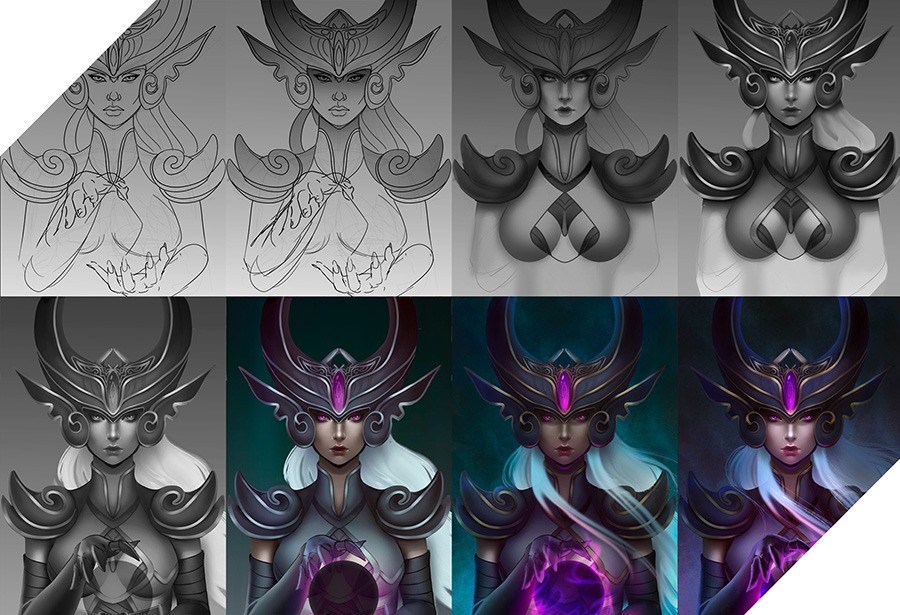
Our character concept art is deeply rooted in the game’s core idea, world, and gameplay mechanics. Every character design is carefully crafted, whether in motion or in a static pose, with special attention paid to how their body would realistically appear. Factors such as age, gender, role, and overall style are key elements that guide the process, ensuring the character feels authentic and fits seamlessly into the scene. This often involves multiple drafts, each presenting different interpretations of the character, giving the client a range of options to consider.
For instance, when developing the design for Syndra, a warrior mage, our goal was to make her immediately identifiable as a villain. We incorporated a fierce armor design, a foreboding expression, and a dark, ominous color scheme to achieve this. The first draft portrayed a strong and powerful woman, but through further iterations, her villainous presence and menacing mood truly came to life, capturing the essence we aimed to convey.
Locations
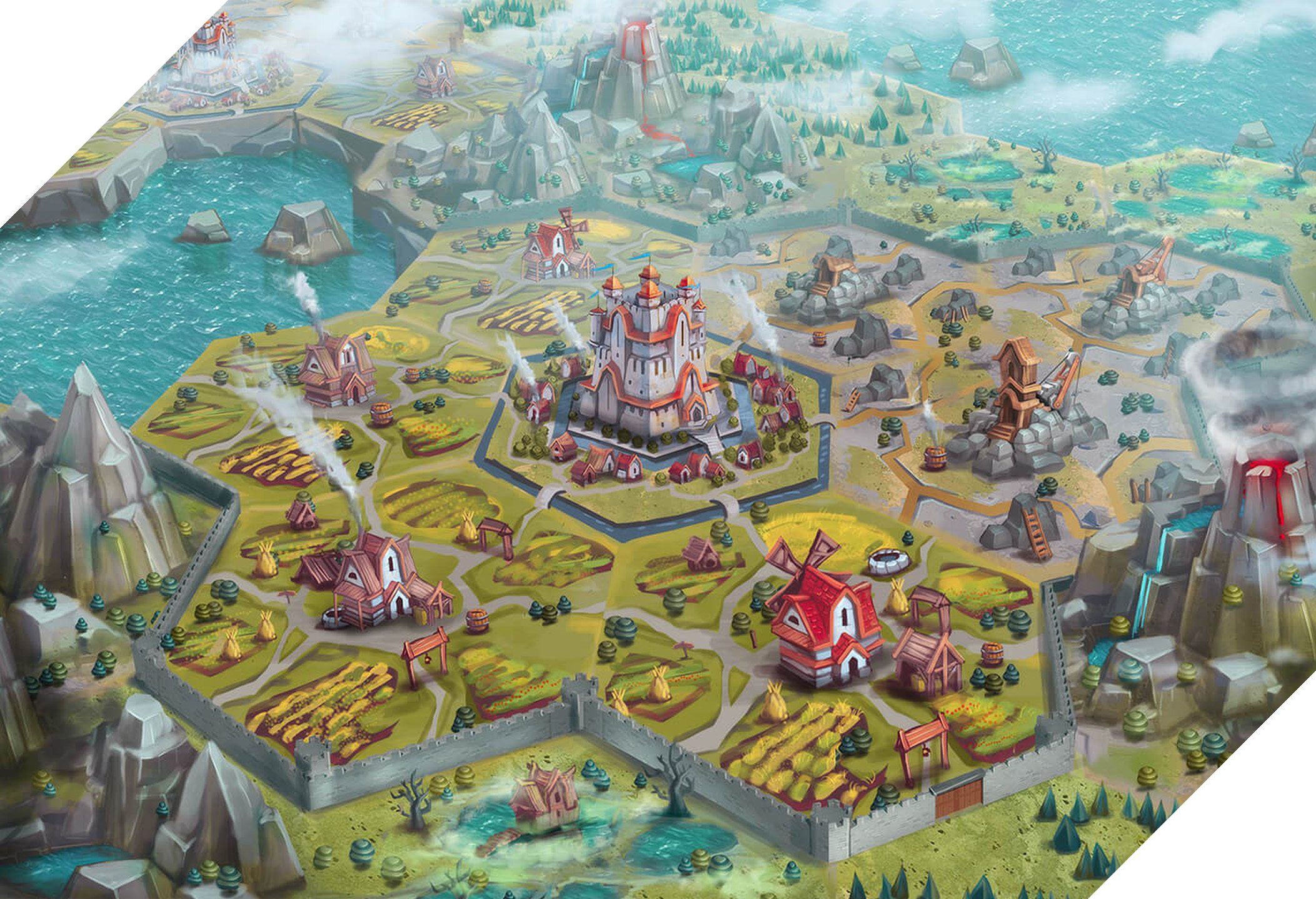
Designing locations and environments is a complex process, particularly when dealing with large or highly detailed areas, but we invest significant effort into making them immersive and engaging for players. Our approach ensures that both natural and artificial elements within the setting align with the game’s mechanics and overall world design.
Maintaining accuracy in the scale and spacing of objects is equally important, as this adds realism and consistency to the environment. At the same time, our goal is always to create settings that stand out from what players have encountered before, offering them something fresh and visually distinct.
In the case of Hexagonium, a game we developed from concept to completion, substantial time was devoted to crafting the concept art for its unique locations. The game's design revolved around large territories segmented into hexagon-shaped cells, a decision that influenced not just the world design, but the entire concept of the game itself.
Through careful attention to these cells and their features, we established the game's defining color palette and determined the scale of its buildings and landscapes. This foundational work helped shape a world that not only fit the gameplay but also sparked the imaginations of thousands of players, making it an integral part of the overall experience.
Objects/Weapons
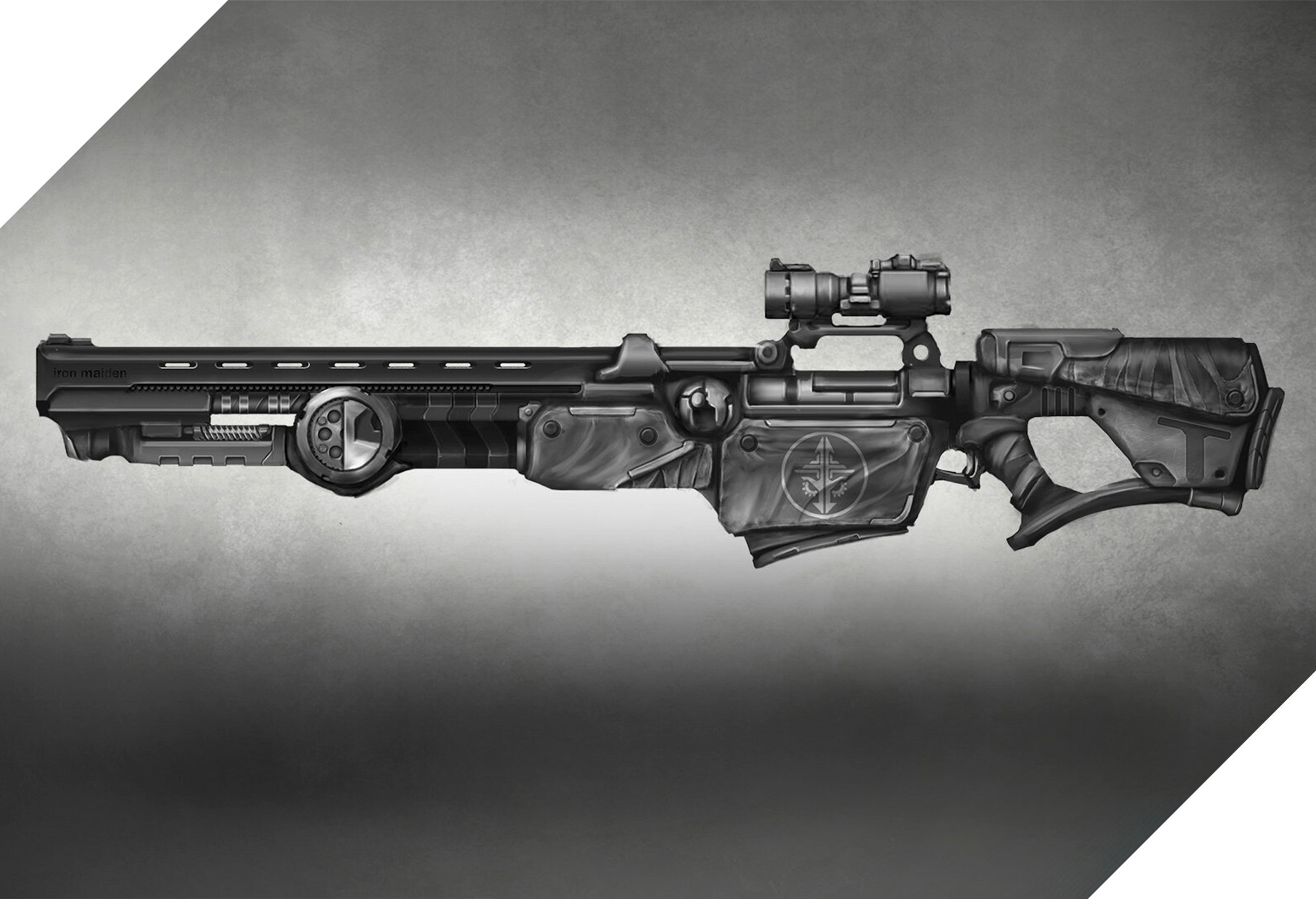
We design game objects and weapons, focusing on how they will interact with the game world. While fantasy items like magical crystals or potions can have a more abstract design due to their fictional nature, other objects such as weapons and clothing have well-defined, practical functions. For weapons, we also take into account how they can be wielded and whether they may have alternate states or transformations during gameplay.
In the case of the weapon sketch described above, the design began with a clear understanding that it would function as a shotgun within the game. The long, wide barrel became the foundation of the design, ensuring that it looked capable of delivering power and precision. To enhance the sense of accuracy, we added a scope, while a padded stock was included to suggest recoil management during combat.
These functional, realistic details lend authenticity to the weapon, making it appear as though it could be genuinely used in battle. At the same time, we incorporated unique visual elements, such as engraved grooves, a distinctive logo, and a circular accessory, which set this shotgun apart from conventional designs, giving it a distinctive and memorable appearance.
Vehicles
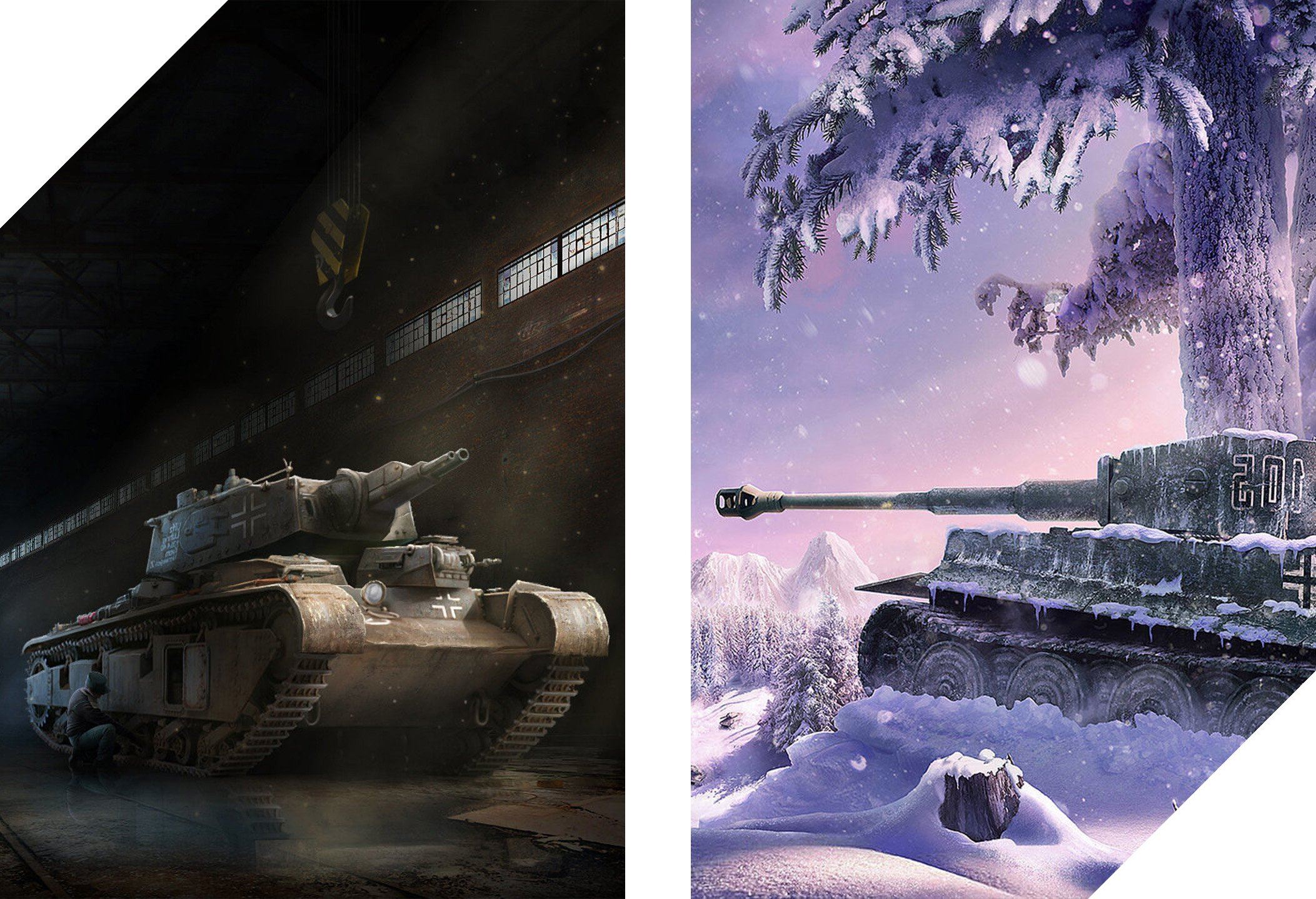
Vehicle art design shares similarities with character design, particularly when it comes to considering movement. However, vehicle movement tends to be more straightforward since there are no complex joints or limbs to account for. Our team has created dozens of striking vehicle designs, skillfully imitating real-life models while also pushing the boundaries of creativity. We aim to balance realism with innovation, ensuring that our vehicles not only function logically within the game but also stand out with unique design elements.
For instance, the tank illustration showcases a standard rectangular build with a cannon, yet we introduced a futuristic sloped wheel system that adds a fresh, innovative take on how the vehicle moves. The theme of futurism was central to this design, as we envisioned advanced features like external aiming systems and an internal power source, providing illumination for the tank in low-light environments. These design choices not only give the tank a modern, forward-thinking aesthetic but also suggest practical advancements we might see in real-world military vehicles in the future. Through such design, we strive to create vehicles that feel both familiar and exciting, adding a dynamic layer to the gaming experience.
Visual effects
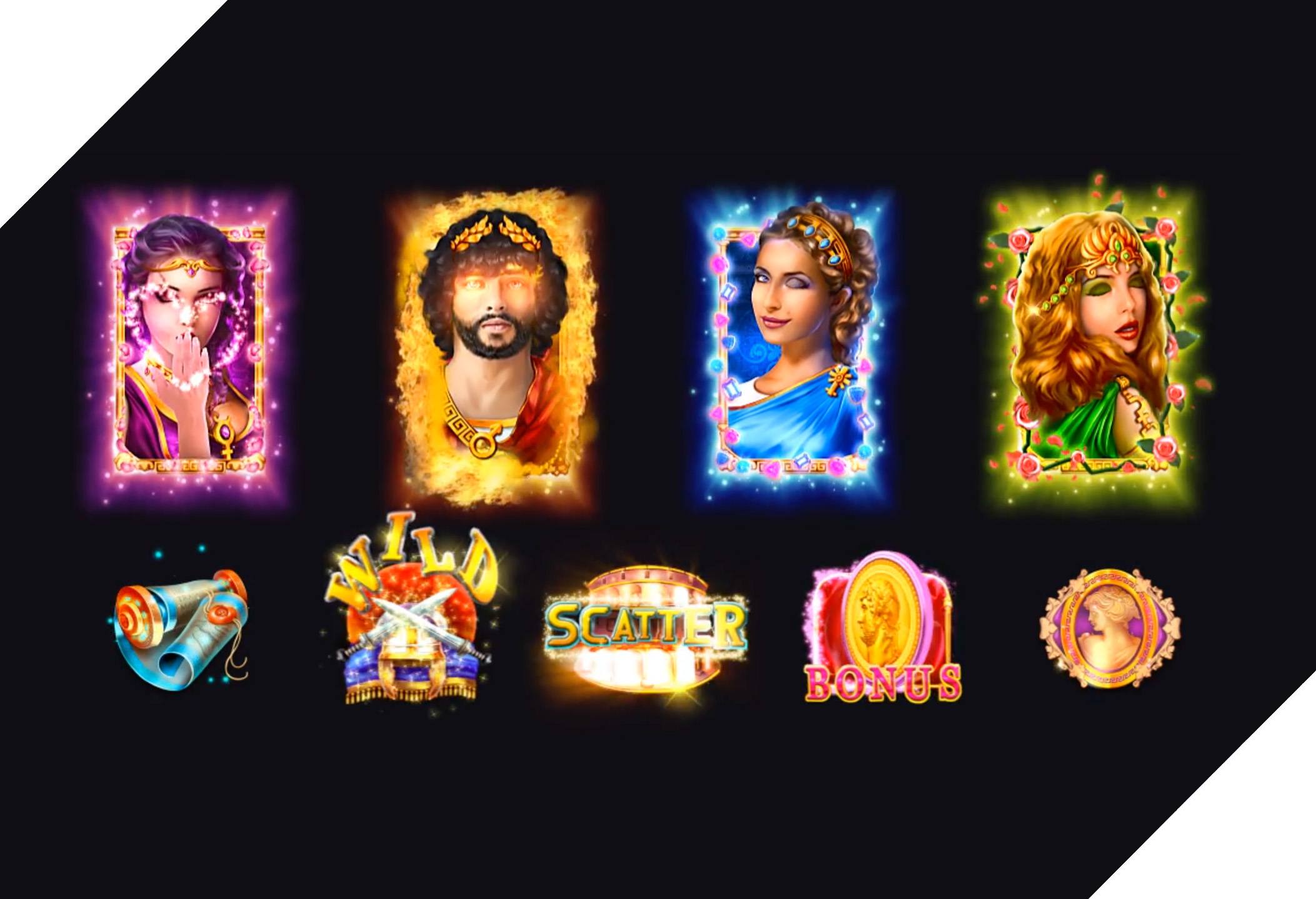
Visual effects (VFX) are almost never created without some form of preliminary design, as this helps establish how a specific effect might look and feel before the final version is rendered. Even though many effects appear briefly and disappear just as quickly, our process involves sketching each frame and testing various visual elements to see what kinds of impressions they generate, allowing us to fine-tune every detail and ensure the effect contributes meaningfully to the overall game experience.
This method is particularly effective for slot games, which often feature a variety of pop-up effects tied to the outcomes of a player's spin. For the Rome Slots game, we aimed to design an effect immediately resonating with players. We chose to feature a coin with a Roman face, a symbol easily recognizable within the game’s theme.
To further reinforce the positive nature of this effect, we selected a gold color palette, representing victory and success. This combination of familiar imagery and meaningful color choices helps create an engaging and rewarding experience for players, making the VFX a memorable part of the gameplay.
Our Concept Art Services
We are well aware that concept art has many variations, and our specialists can handle many different tasks in this field.
Game-specific production
If you give us a game concept or genre to work with, we can come up with some breathtaking visuals that can contribute greatly to the art direction of your game. Our studio is ready to design for projects of different calibers — from small indie, mobile, and casino-themed titles to major releases of AAA games, MMORPGs and hardcore titles. The number of specialists working on the designs for your project can be scaled up or down, depending on the volume of work and timeframes.
Additional services
While concept art is one of our top qualifications, it is hardly the only aspect of game development that we are good at. Our studio employs numerous 2D/3D artists skilled in making game models, animation, and other forms of art. Additionally, we have accomplished developers which can build games on different platforms, immersive experiences, and even provide modern NFT game development services. As a result, we have everything needed to handle professional full-cycle game development.
Why Choose Us for Concept Art Creation
Our studio has been operating for over a decade, and over this time, we have gathered some of the most talented and experienced professionals on the market and worked on hundreds of art projects. Working with us, you can expect to receive the following benefits:
- Both individual and team hiring models
- Flexible cooperation
- We can handle additional art and development tasks
- Competitive rates
- No risk, all terms are established in paperwork
- A large collective portfolio
In comparison to platforms like Upwork and Fiverr, we offer services with lower risk and higher reliability. The way we formalize cooperation and stay in constant contact with our clients means that you will get the exact service you agreed upon with no room for deviation. This is backed up by our solid track record of working with clients large and small, including major tech corporations.
How to get started to make concept art with Game-Ace?
If you need additional support beyond concept art, including animation, 3D modeling, or even full-cycle development, our custom game development company has the specialists to handle it all. You can explore samples of our work to see the quality we deliver, and we are happy to provide more portfolio items tailored to your specific project needs.
Once we’ve finalized the details and agreed on the terms of cooperation, we move forward with signing the paperwork while ensuring your intellectual property remains fully protected. After that, our experts get to work, dedicated to delivering results within the agreed timeframe and at the highest level of quality. The process is simple, efficient, and designed to meet your needs from start to finish.
Getting started with us is straightforward — simply contact us and let us know exactly what you are looking for, whether it’s a character concept artist for hire or dedicated 2D concept artists. We are eager to discuss your game ideas and connect you with the perfect talent for the job.
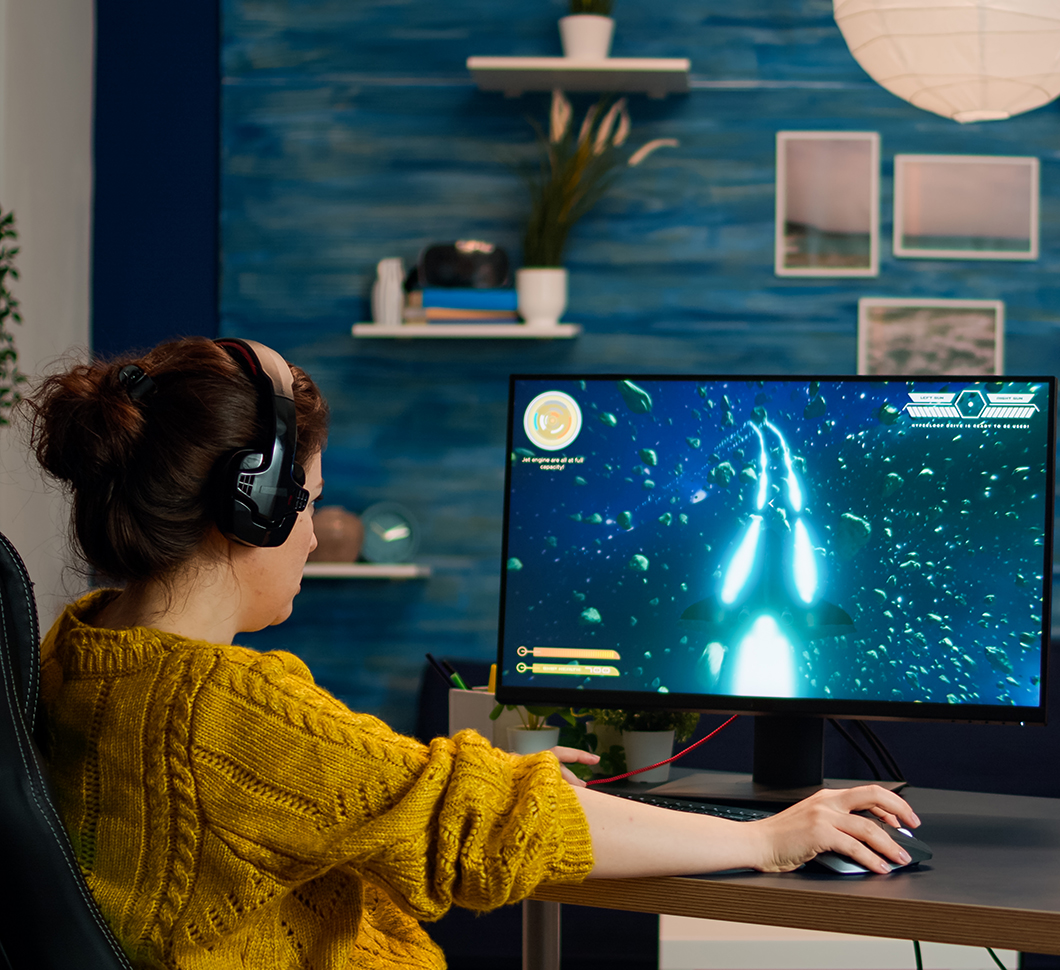 VFX Artists: The Powerhouse Behind Engaging Visual Experiences
VFX Artists: The Powerhouse Behind Engaging Visual Experiences 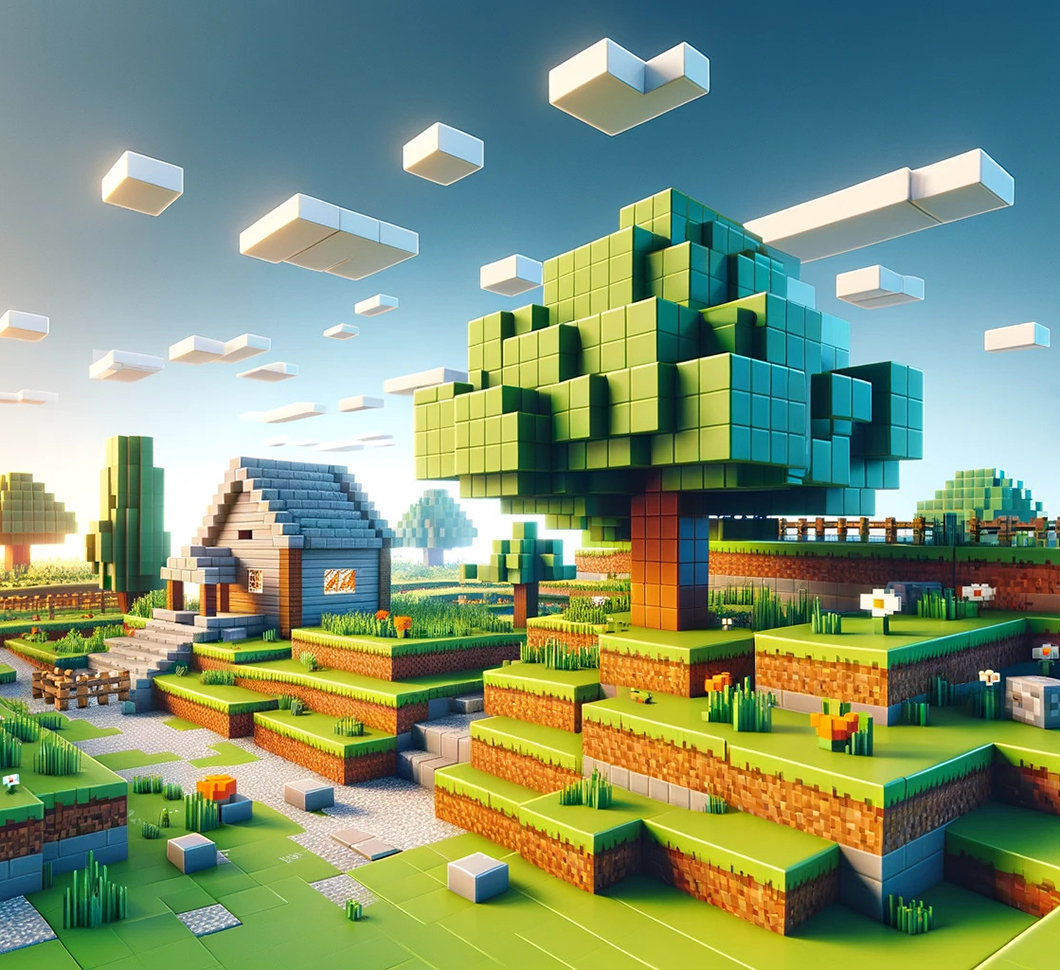 The Best Ways to Use Procedural Generation in Games
The Best Ways to Use Procedural Generation in Games 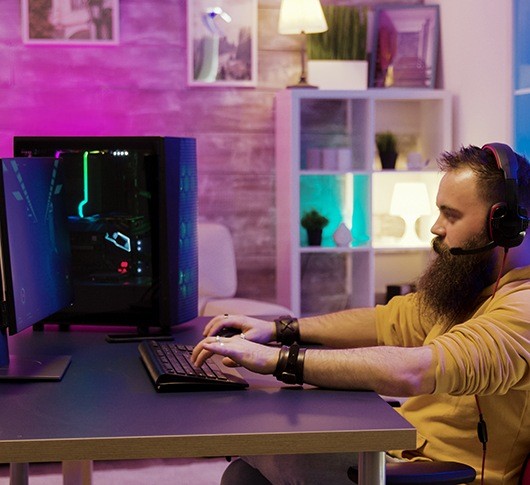 NFT Game Developers Crafting Virtual Realms
NFT Game Developers Crafting Virtual Realms 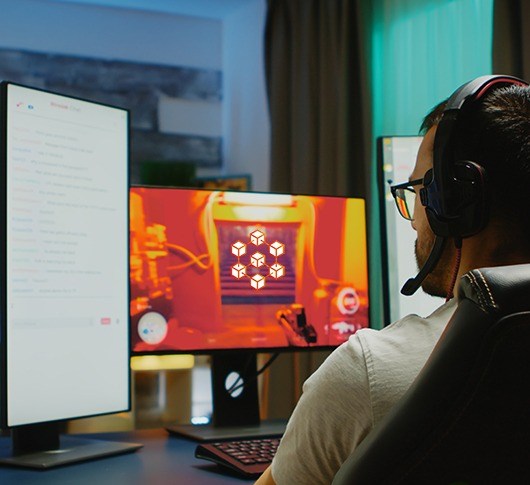 How to Find Professional Blockchain Game Developers for Your Project
How to Find Professional Blockchain Game Developers for Your Project 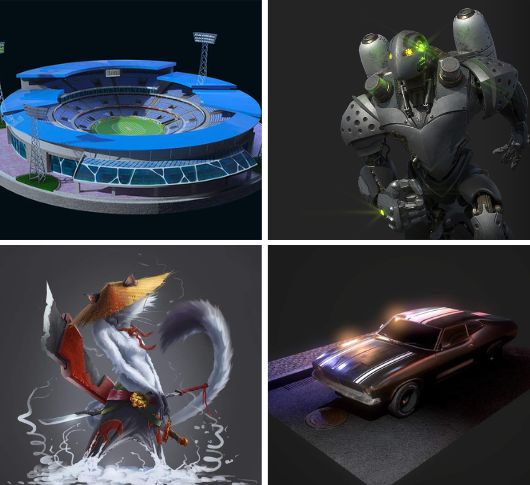 NFT Game Art: Elevating Virtual Realms with Unique Creations
NFT Game Art: Elevating Virtual Realms with Unique Creations 






